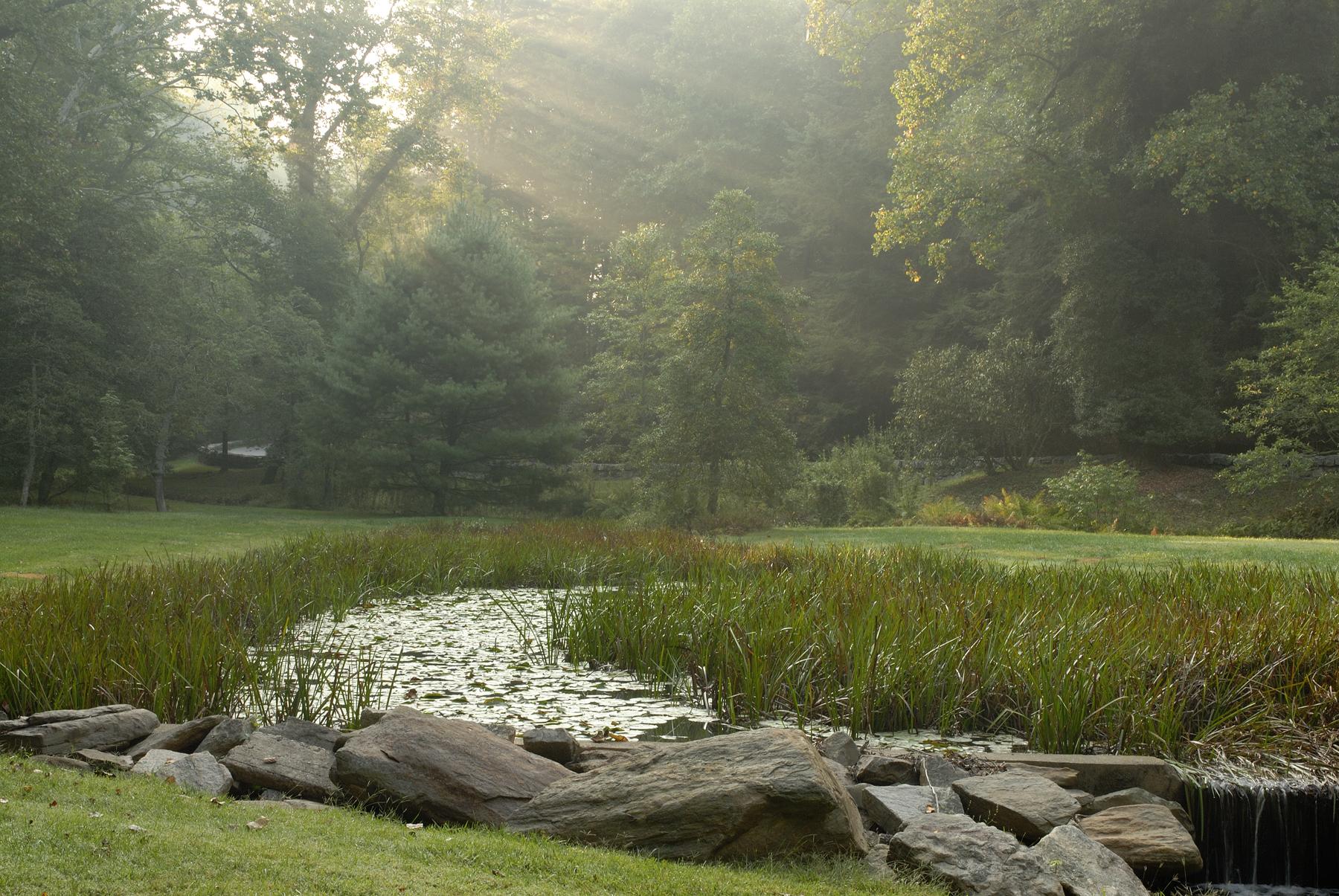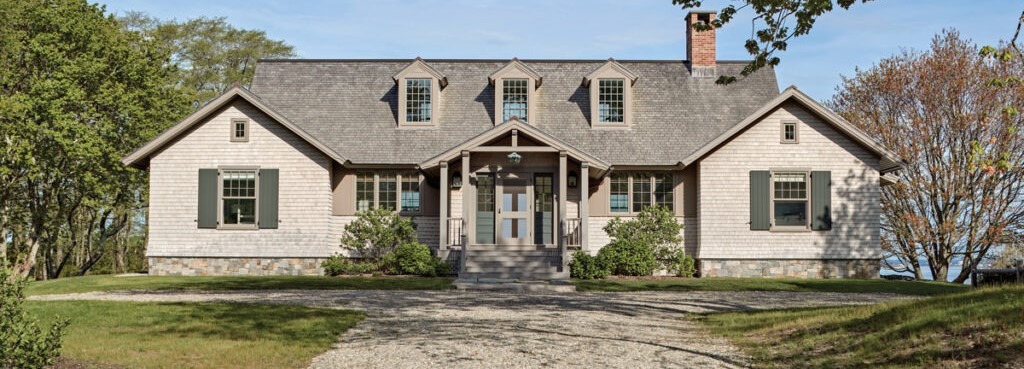In the late 1880s, as George Vanderbilt was amassing nearly 228 square miles of land in the Appalachian Mountains of North Carolina, he turned to Frederick Law Olmsted for counsel on what should be done with it.
It was not in the best condition. He’d purchased about six hundred lots that varied in size from a half-acre to hundreds more. For at least a century, Scotch/Irish immigrants had felled the best trees for meager mountainside farms, burned down the forest for pasture, and allowed hogs to root the land up freely.
“When Olmsted had looked at all of that, he built two towers on the house site – one at the level of where the first floor library is now, and one back behind that,” said Bill Alexander, landscape and forest historian at Biltmore Estate. “He wanted to get Vanderbilt and Richard Morris Hunt up in the air so they could see what the views would look like.”
When asked what he wanted to do with the land, Vanderbilt replied that he thought he’d like to make a park of it, in a bucolic, European style.
“Olmsted said that the land was poor, steep and rough – that it was over-graded, eroded, and with such poor soil that it wasn’t fit for a park,” he says. “He suggested that Vanderbilt make most of it into a forest. He said it would be a suitable and dignified business to be engaged in, and a fair investment for his capital. It could be a game preserve and a crop of timber too.”
The master land planner, at the pinnacle of his career, very much wanted to see the concept of responsible forestry accepted by the American people – and he wanted to make Biltmore a model. “He thought this was his last chance to do it, because people would come here to see it, and adopt it,” he says.
Olmsted had been travelling quite a bit during that period, providing designs for the Louisville and Boston “emerald necklaces” of parks and greenways, as well as a pavilion for the World’s Colombian Exposition in Chicago. “He was seeing the country, and the devastation of all its forests,” he says. “He saw that it wouldn’t take long to do that to the whole country.”
He suggested that Vanderbilt build his house on the site where they stood, establish a small park nearby, farm the bottomland of the Swannanoa and French Broad Rivers, and make the rest a forest. And what could be more satisfying than a well-managed piece of land?
It would become the first large-scale managed forest – one with a documented, scientific plan – anywhere in the United States. “I’m convinced without a shadow of a doubt that it’s what makes Biltmore special and great,” he says. “It’s made a huge contribution to society and the country.”
Biltmore Estate contains the nation’s largest private residence, the crown jewel in Richard Morris Hunt’s architectural career. It houses George Vanderbilt’s priceless and treasured collection of art, antiques and literature. Its landscape design is generally considered one of Olmsted’s finest works.
But in 1963, when Biltmore was named a national historic landmark, the property earned that designation solely because of its contributions to forestry. “It was based on conservation and the establishment of the first school of forestry in America,” he says.
It was to be the nation’s first large-scale, managed forest.
For more go here.


